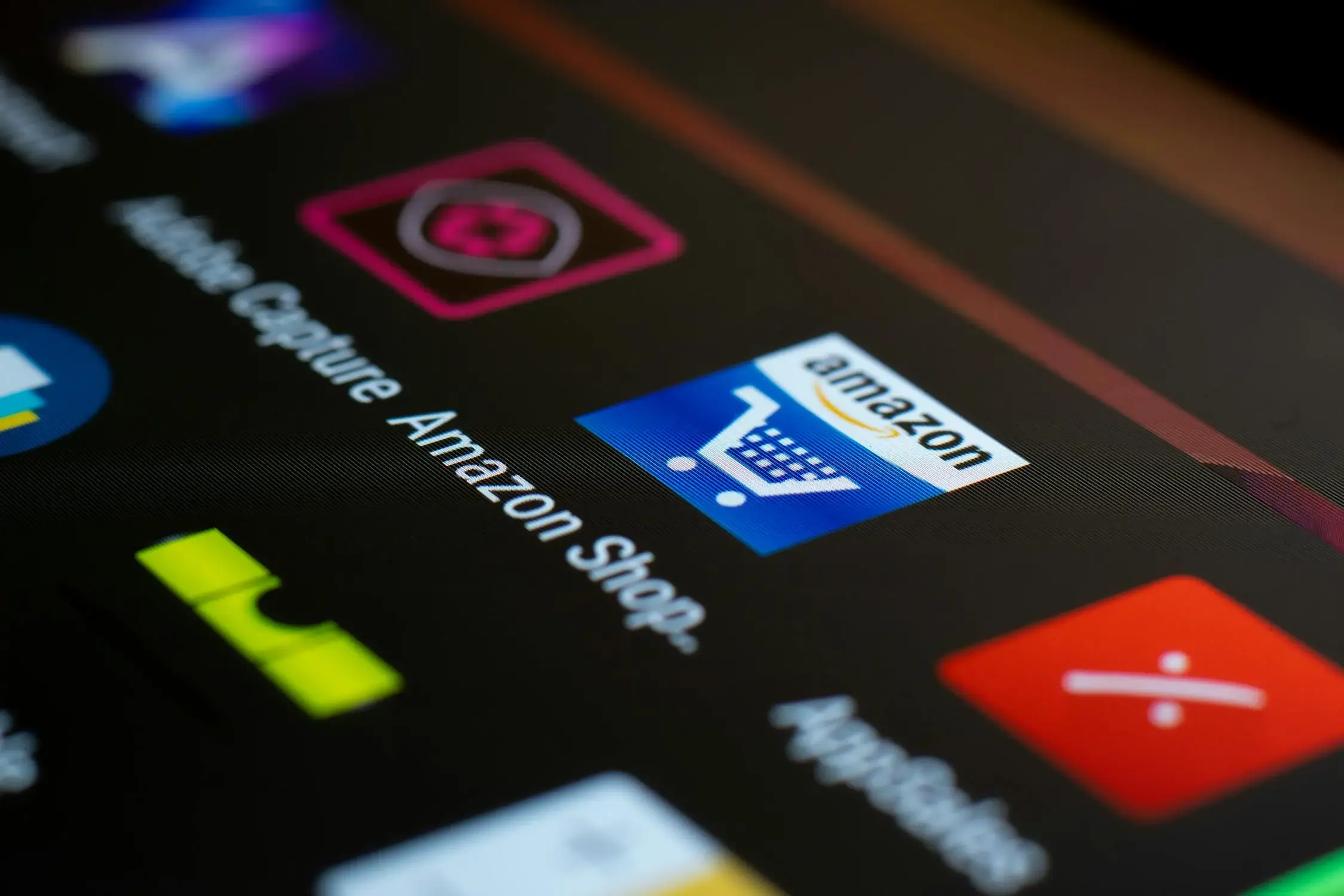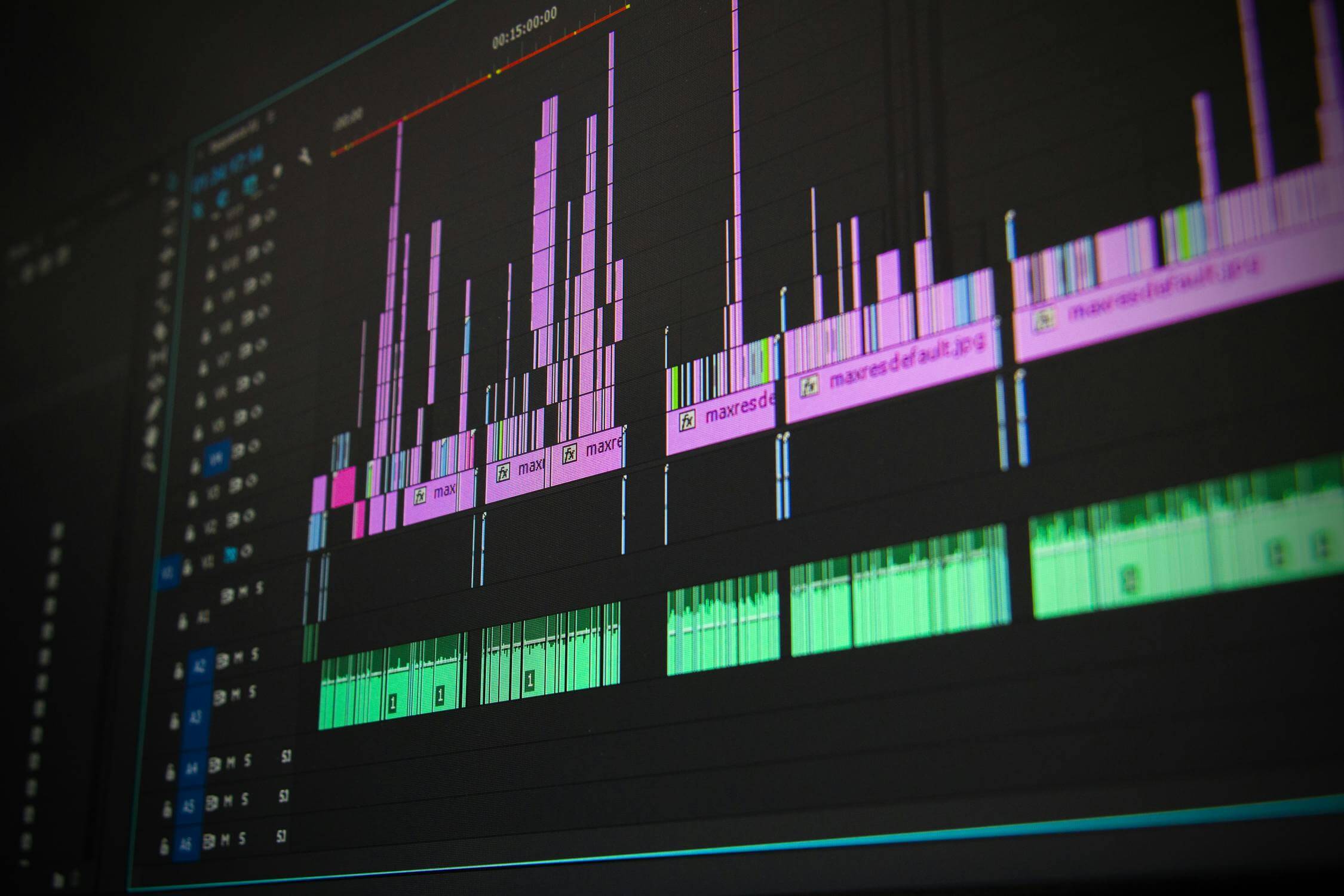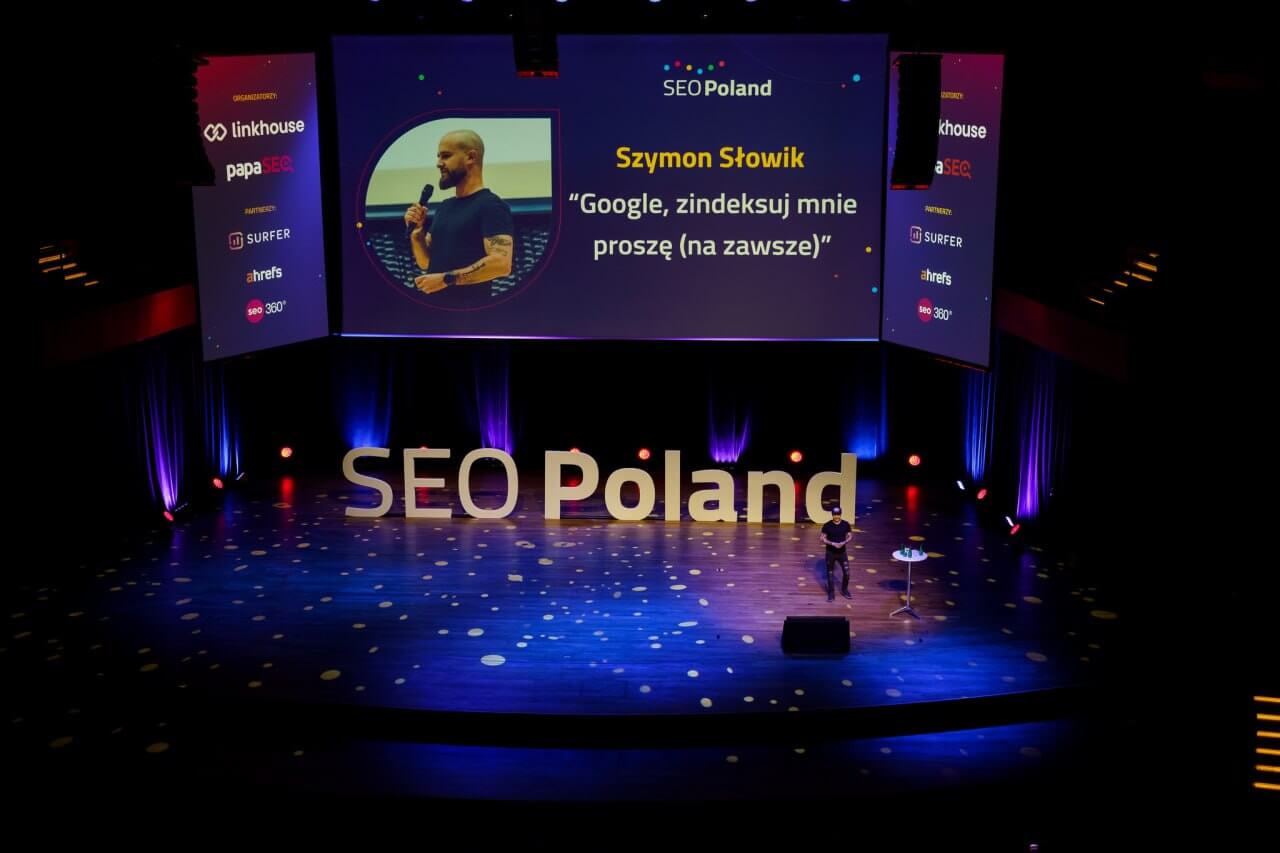In our increasingly interconnected world, communication is at the core of human interactions, be it for personal or professional purposes.
However, language barriers can pose significant challenges, hindering effective communication and creating limitations for individuals and businesses.
In this article, we will explore the significance of video translation in breaking language barriers, its impact on various domains, and how this technology plays a crucial role in creating a more inclusive and connected society.
Understanding Language Barriers
Language is an intricate and diverse medium of expression that encompasses cultural nuances and nuances unique to each community. With over 7,000 languages spoken worldwide, it is inevitable that language barriers can hinder communication and limit access to information and opportunities.
In business and commerce, language barriers can impede international trade and collaborations, hindering growth and expansion. In education, language barriers can deter students from fully engaging with course materials and acquiring knowledge. For global communities, language barriers can limit cross-cultural understanding and impede humanitarian efforts.
The advent of video translation, particularly English to Hindi video translation, has emerged as a transformative solution to bridge these language gaps, enabling seamless understanding and fostering global connections.
The Power Of Video Translation: 5 Crucial Benefits
Video translation has emerged as a powerful tool for overcoming language barriers and making content accessible to a broader audience. The process of English-to-Hindi video translation, for instance, opens up a wealth of opportunities for Hindi-speaking audiences, enabling them to engage with content originally produced in English.
Videos are versatile medium that can convey information, emotions, and ideas more effectively than text alone. By translating videos into different languages, including Hindi, a widely spoken language in India and other regions, video content becomes accessible to millions of potential viewers who may not understand the original language.
-
Enhancing cross-cultural communication
Language is a significant component of culture, and effective cross-cultural communication requires an understanding of cultural nuances and preferences. Video translation considers not only the linguistic aspects but also the cultural context, ensuring that content remains culturally relevant and relatable to the target audience.
For businesses and organizations, cross-cultural communication is vital for engaging diverse markets and building lasting relationships with customers. By investing in video translation, and written translation, businesses demonstrate a commitment to understanding their audience’s cultural background and connecting with them on a deeper level.
Education is a fundamental right that should be accessible to all, regardless of language barriers. Video translation in education ensures that learners from diverse linguistic backgrounds have equal opportunities to access educational content.
English-to-Hindi video translation can enable students in India and other Hindi-speaking regions to access educational resources produced in English, one of the primary languages of instruction in many global academic institutions. This inclusivity fosters a more equitable learning environment and empowers learners to thrive in the digital age.
-
Expanding global business opportunities
In today’s globalized economy, businesses have unprecedented opportunities to reach international markets. However, language barriers can hamper these ventures. Video translation opens doors to untapped markets by enabling businesses to effectively communicate their products and services in local languages.
Expanding into Hindi-speaking markets through English-to-Hindi video translation allows businesses to tap into India’s vast consumer base and benefit from the country’s growing economic potential. The ability to communicate in the local language creates trust and establishes a stronger brand presence in these markets.
-
Promoting multilingualism in media and entertainment
The media and entertainment industry plays a significant role in shaping cultural narratives and entertainment experiences. Video translation contributes to a more diverse and inclusive media landscape by making content available in multiple languages.
For international films, TV shows, and online streaming platforms, English-to-Hindi video translation and other language translations enable a broader audience to enjoy content from different cultures. This fosters cross-cultural appreciation and understanding, enriching the global media landscape.
-
Supporting multinational collaboration
In the corporate world, multinational companies often operate in multiple countries with diverse language requirements. Video translation facilitates seamless communication and collaboration among teams situated in different regions.
Multilingual video conferencing and video presentations ensure that all team members can actively participate and contribute to discussions and decision-making processes. This level of inclusivity fosters a more cohesive and productive work environment, breaking down language barriers that might otherwise hinder effective teamwork.
The Role Of Technology In Video Translation
Advancements in technology have revolutionized the field of the video translation. AI-driven translation tools offer accurate and contextually relevant translations, enabling the swift conversion of video content from one language to another.
Real-time translation capabilities, such as live video translations and interactive subtitles, have transformed the way people experience content and engage with each other across language barriers. Technology continues to push the boundaries of video translation, making it even more accessible and user-friendly.
Overcoming Challenges In Video Translation
While video translation offers numerous benefits, it is essential to acknowledge and address potential challenges. Accuracy in translation is crucial, especially for content with technical terminology or nuanced meanings. Investing in professional video translation services ensures high-quality translations that maintain the integrity of the original message.
Cultural sensitivity is another critical aspect to consider when translating English to Hindi video or any other language. Understanding the cultural context of the target audience helps avoid unintentional misinterpretations or cultural misunderstandings.
Conclusion
Video translation is a game-changer in breaking language barriers and fostering a more inclusive and connected world. From facilitating cross-cultural communication and supporting education to expanding global business opportunities and enabling multinational collaboration, video translation plays a pivotal role in bridging linguistic gaps.
As technology continues to evolve, video translation will only become more advanced and seamless, making it a fundamental component of effective communication in our globalized society. Embracing video translation is not just about translating words; it is about facilitating meaningful connections, understanding, and mutual respect among people from diverse linguistic and cultural backgrounds.





